Saint Paul de Mausole
Ah, the asylum. It was a good sign that upon entering, the visitor was greeted by Vincent’s statue, and large prints of the paintings he created here on display along the old stone walls. Indeed Saint Paul de Mausole proved itself to be one of the most faithful locations, faithful to you, Vincent.
Although you were forced out of Arles, you came here under your own will. Although you were restless and lonely, you also found yourself at peace in these hallways. No one prodded or provoked you, you had space to paint (they gave you two rooms), and you had nature all around.
Walking up the stairs to your bedroom, I felt my heart flutter a bit. I had not been inside a room where you had lived since Auvers, since the room that also provided your death bed. I was nervous, actually…
Upon entering, I faced the window, and that open window beckoned me with a warm, caressing breeze. The view and the light were so alluring, I almost forgot the bars on them completely.
And yes: there was your view. There was your reaper’s field, the reaper you painted so often here, the reaper with whom I identify so deeply. Teresa means reaper, harvester; and often I feel I am reaping your wheat, Vincent.
Wheatfield with Reaper and Sun (late June, 1889)
Almost completely lost in the yellow. And glancing right, yes, the Appilles in their bizarre formation, with their unique curves that doubtless many attribute to “Van Gogh’s madness”… Yet it is nature herself that defies the viewer here.
I glanced down again at these old, metal bars. These rusty, dirty bars. And the wheat behind, flourishing.
I remembered what you wrote:
Ah, I’ll never be able to render my impressions of certain figures I’ve seen here. Certainly the road to the south is the road where there’s something brand new, but men of the north have difficulty in getting through. And I can see myself already in advance, on the day when I have some success, longing for my solitude and distress here when I see the reaper in the field below through the iron bars of the isolation cell. Every cloud has a silver lining. (10 September 1889 to Theo)
Yes, a certain amount of solitude and distress were desirable to you, made you a painting locomotive. Bars could not limit your vision or hinder your progress. What could, of course, was your illness — still undiagnosed to this day. What led you, every few months, to have hallucinations, to black out completely, is unknown. But what we do know is that the attacks were always followed by long periods of recovery, in which you could not paint. So, you see Reader: madness and art were not brothers, but enemies. In fact, in his letters it often seems that he paints as a means of curing himself. And when he was well, he would say he felt his head more clear than ever before in his life.
In the room, I wonder what is real. I imagine your bare feet on these tiles when you awake, and your hand opening the window pane.
I went out into my wheatfield, your reaper, and sat here under this precious tree and wrote until the twilight left my shoulders.
When it was finally time to leave I noticed the enormous cypress near the entrance. The tree, like a flame, like a spirit shooting for the sun, called out.
Vincent on cypresses:
Until now I have not been able to do them as I feel them; the emotions that grip me in front of nature can cause me to lose consciousness, and then follows a fortnight during which I cannot work. (February 1890, to critic Aurier)
And yet, Vincent, you quite often do the same for me.
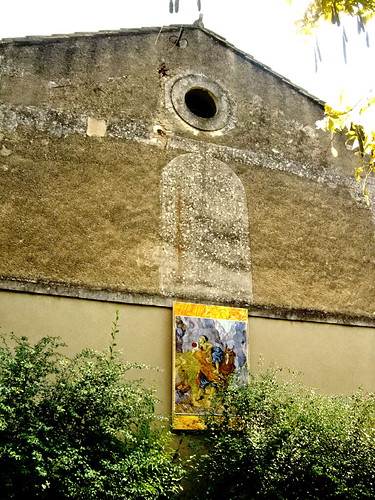
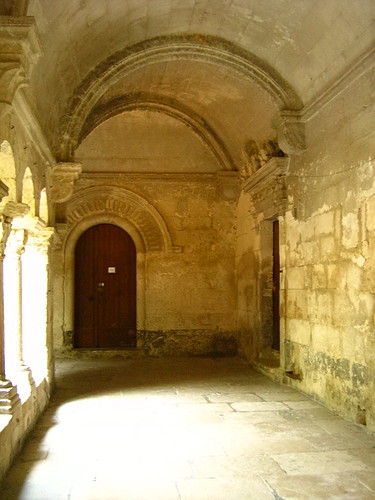
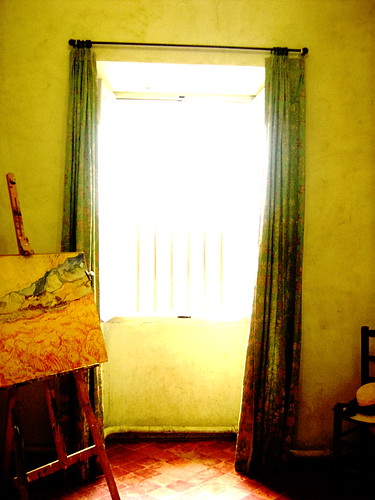
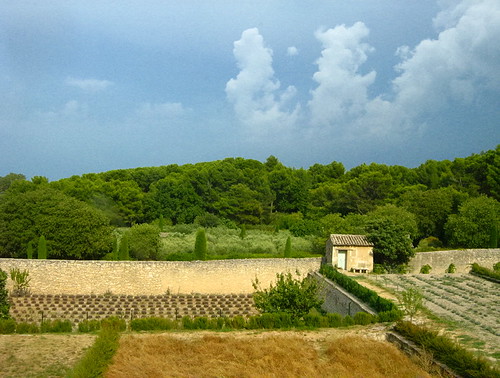


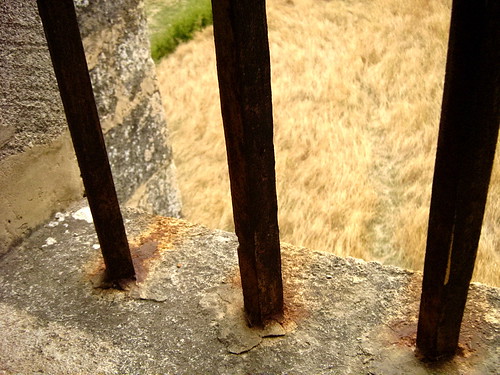
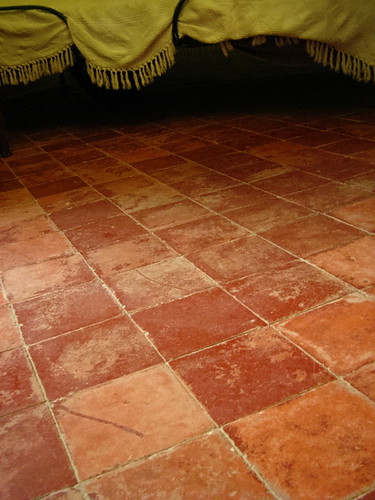


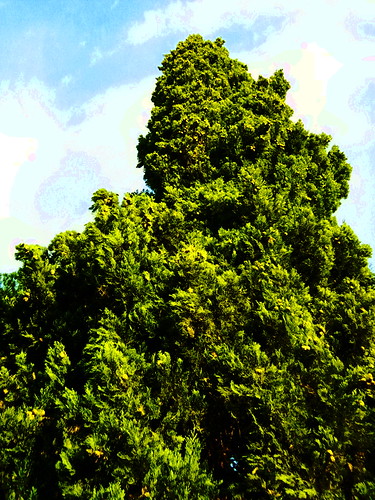
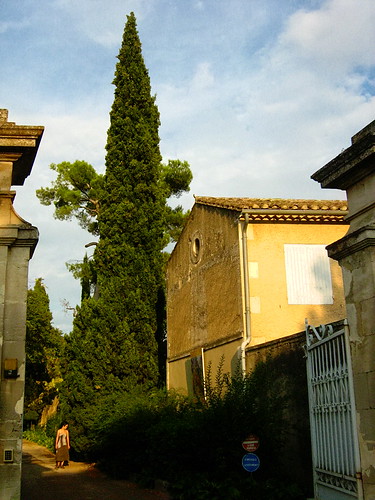
Ah, Vincent, you are correct; this is one of Teresa’s best entries! How privileged I was to accompany her, into the heart of your realm.
This is a stunning entry. You’re seeing things I never even imagined anyone could see.